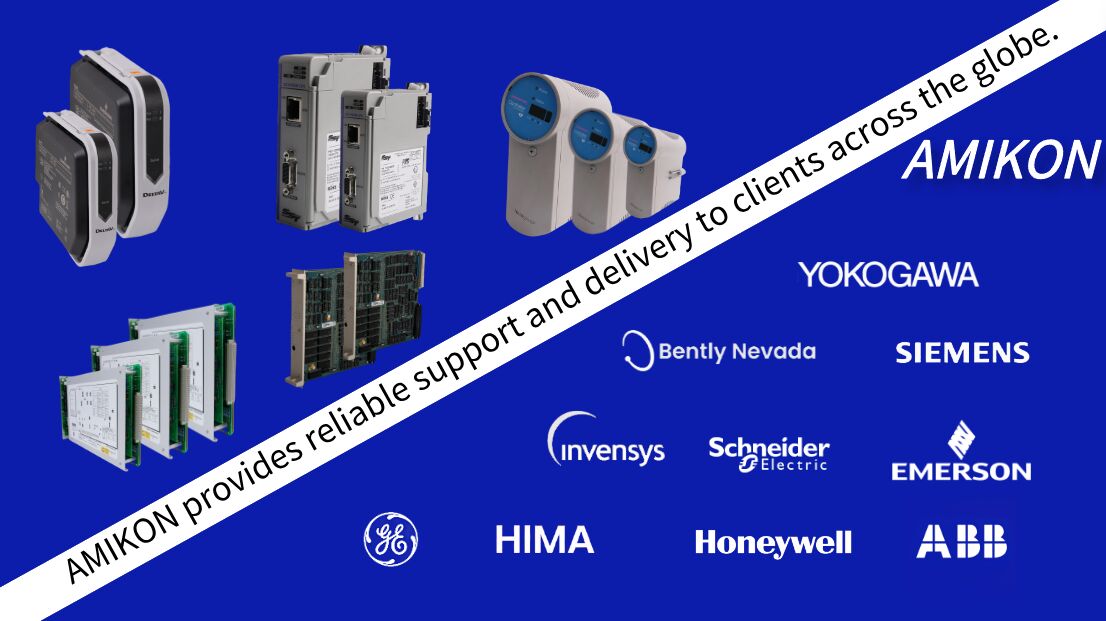Aug

A Programmable Logic Controller (PLC) is a digital computer used for automation of industrial processes. PLCs are designed to handle multiple inputs and outputs, perform logical operations, and control machinery or processes based on programmed instructions.
The Allen-Bradley 1746-FIO4I is an analog input module for the SLC 500 series PLCs, offering four isolated input channels that can handle either 0-10V or 4-20mA signals. It features 12-bit resolution and is designed to provide reliable measurement and control in industrial environments. The module requires a 1746 I/O base for installation and ensures isolation between channels and from field devices.
The Allen-Bradley 15-131623-00 is a 16-point digital input module used in the SLC 500 series. It provides discrete input capabilities and is designed for industrial automation systems, featuring high reliability and compatibility with various Allen-Bradley controllers.
The Allen-Bradley 1770-KFD is a fieldbus communication interface used with the SLC 500 series. It facilitates communication between the SLC 500 PLC and various field devices or networks, offering connectivity and data exchange capabilities in industrial automation systems.
The Allen-Bradley 1606-XLE240E is a 24V DC power supply designed for industrial applications. It provides reliable, efficient power with features such as overload protection and high efficiency, suitable for powering control systems and other automation equipment.
If you need more PLC,you can contact May to know more!
Key Features:
1. Programmable: PLCs are programmed using specialized software to perform specific tasks or control processes.
2. Real-Time Operation: They operate in real-time, meaning they can handle multiple operations simultaneously and respond to changes almost instantaneously.
3. Rugged Design: Built to withstand harsh industrial environments, including temperature extremes, electrical noise, and vibrations.
4. Modular: Typically, PLC systems are modular, allowing users to expand or modify the system by adding additional I/O modules, communication modules, etc.
1. Central Processing Unit (CPU): The brain of the PLC, which executes the control program and processes inputs/outputs.
2. Power Supply: Provides the necessary power for the PLC and its components.
3. Programming Device: A computer or dedicated device used to write and upload programs to the PLC.
1. Manufacturing: Control of production lines, robotic systems, and automated machinery.
2. Process Control: Regulation of industrial processes like chemical production, water treatment, and oil refining.
3. Building Automation: Management of HVAC systems, lighting, and security systems in buildings.
4. Transportation: Control of systems in vehicles, trains, and airports.
PLCs often support various communication protocols and networking options such as Ethernet, Profibus, Modbus, and CANopen, allowing them to integrate with other control systems, SCADA systems, and enterprise management systems.